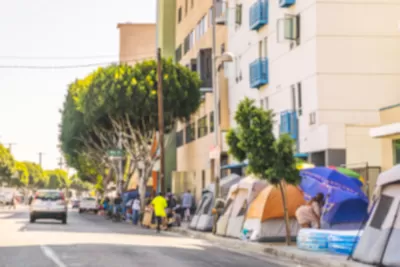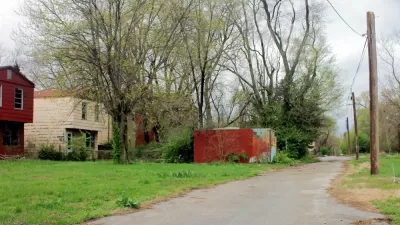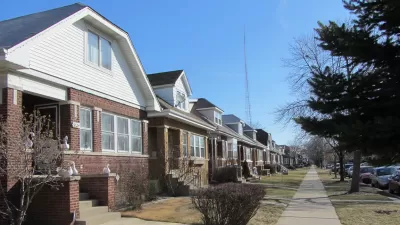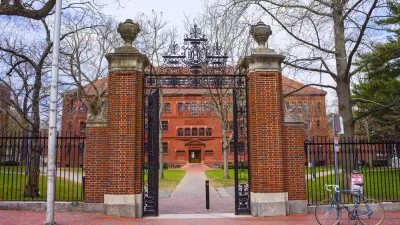Poverty and inequality are bad things, but what happens when they coincide? A new study points to a startling increase in the number of U.S. counties suffering from both problems.

In another symptom of middle class distress, counties across the United States are encountering higher rates of inequality combined with greater concentrations of poverty. Richard Florida covers a study tracking the development of this troubling reality since 1989.
He writes, "41 percent of U.S. counties suffer from high levels of combined poverty and income inequality, up from just 29 percent back in 1989. Worse, as the table below shows, just 28 percent of counties have low levels of poverty and low levels of inequality. In other words, more than 70 percent of counties have either high levels of inequality, high levels of poverty, or both." That increase applies across all county types: urban, suburban, and rural.
While many extol the Sunbelt for low costs and relatively high levels of opportunity, that only applies to some of its residents. For the rest, living next to prosperous neighbors, economic security isn't forthcoming.
"Today, the healthy pockets of green (representing low inequality and low poverty counties) are limited to the Midwest and Mountain regions of the country, along with parts of the Mid-Atlantic. The Sunbelt in particular has become America's economic distress belt, with high levels of inequality and poverty."
FULL STORY: America’s Economic Distress Belt

Alabama: Trump Terminates Settlements for Black Communities Harmed By Raw Sewage
Trump deemed the landmark civil rights agreement “illegal DEI and environmental justice policy.”

Study: Maui’s Plan to Convert Vacation Rentals to Long-Term Housing Could Cause Nearly $1 Billion Economic Loss
The plan would reduce visitor accommodation by 25% resulting in 1,900 jobs lost.

Planetizen Federal Action Tracker
A weekly monitor of how Trump’s orders and actions are impacting planners and planning in America.

Waymo Gets Permission to Map SF’s Market Street
If allowed to operate on the traffic-restricted street, Waymo’s autonomous taxis would have a leg up over ride-hailing competitors — and counter the city’s efforts to grow bike and pedestrian on the thoroughfare.

Parklet Symposium Highlights the Success of Shared Spaces
Parklets got a boost during the Covid-19 pandemic, when the concept was translated to outdoor dining programs that offered restaurants a lifeline during the shutdown.

Federal Homelessness Agency Places Entire Staff on Leave
The U.S. Interagency Council on Homelessness is the only federal agency dedicated to preventing and ending homelessness.
Urban Design for Planners 1: Software Tools
This six-course series explores essential urban design concepts using open source software and equips planners with the tools they need to participate fully in the urban design process.
Planning for Universal Design
Learn the tools for implementing Universal Design in planning regulations.
Caltrans
Smith Gee Studio
Institute for Housing and Urban Development Studies (IHS)
City of Grandview
Harvard GSD Executive Education
Toledo-Lucas County Plan Commissions
Salt Lake City
NYU Wagner Graduate School of Public Service





























